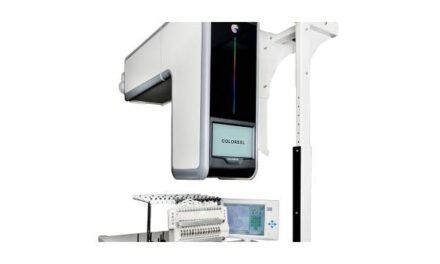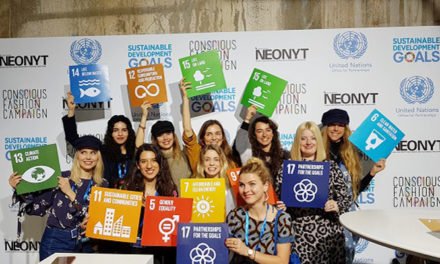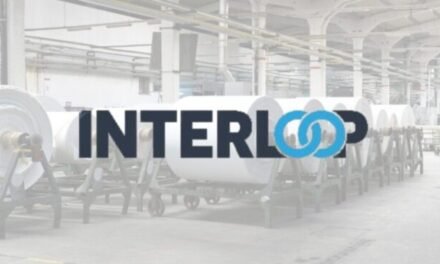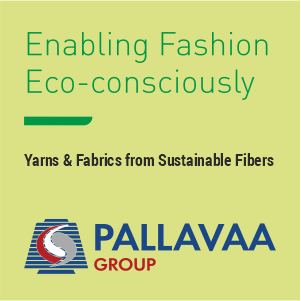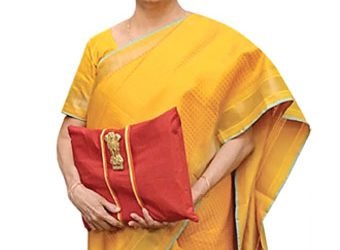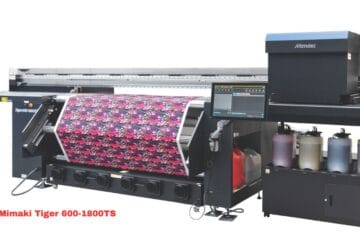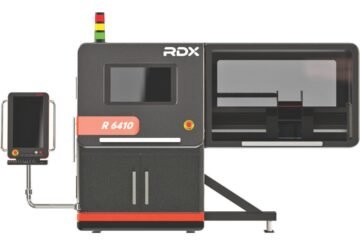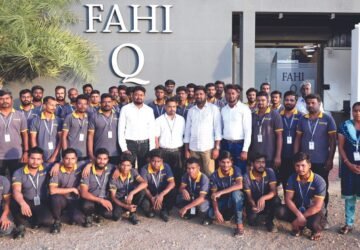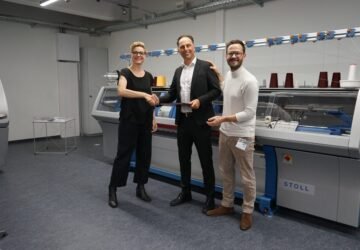 Shima Seiki Italia S.p.A., Italian subsidiary of leading Japanese computerized knitting machine manufacturer Shima Seiki Mfg., Ltd., will exhibit at the 86th edition of the Pitti Immagine Filati exhibition in Florence, Italy. It will participate in the Fashion At Work section of the exhibition aimed at appealing to the technical and creative interests of visitors by providing hardware and software solutions for design, manufacturing and processing of knitted goods.
Shima Seiki Italia S.p.A., Italian subsidiary of leading Japanese computerized knitting machine manufacturer Shima Seiki Mfg., Ltd., will exhibit at the 86th edition of the Pitti Immagine Filati exhibition in Florence, Italy. It will participate in the Fashion At Work section of the exhibition aimed at appealing to the technical and creative interests of visitors by providing hardware and software solutions for design, manufacturing and processing of knitted goods.
Machines exhibited will include the MACH2XS Wholegarment® machine as well as the SFG20 glove knitting machine. The flagship MACH2XS Wholegarment® knitting machine features such innovations as the original SlideNeedle™ on four needle beds as well as the company’s patented spring loaded moveable sinker system. It can knit beautiful, high quality 3D Items with dimensional structures and details that are unique to Wholegarment®, all with very high efficiency while minimizing dependence upon labour intensive sewing and linking. Produced in its entirety on the knitting machine, Wholegarment® is sustainable knitwear that consumes only the minimum amount of materials required for that item.
SFG20 carries on Shima Seiki’s glove knitting machine manufacturing tradition with its original sinker knitting system, but this time in ultrafine 21 gauge. New features such as a removable needle selection drum and belt driven Carriage improve productivity and ease of maintenance. Continuing from the last edition of Pitti Filati, Shima Seiki is collaborating with Italian designer Vittorio Branchizio and several Italian yarn companies for producing knitted garment and glove samples especially for the show.
Also on display at Pitti Filati is Shima Seiki’s new SDSONE APEX4 design system, the fourth generation of its series and the most powerful, most efficient APEX to date. Processing speeds for programming and simulation are improved by up to 600 per cent compared to the previous generation SDSONE APEX3, for quicker response especially in virtual sampling. Virtual sampling based on ultrarealistic simulation improves on the design evaluation process by minimizing the need for actual sample making. This realizes significant savings in time, cost and material, contributing to sustainable manufacturing.
 Shima Seiki Italia S.p.A., Italian subsidiary of leading Japanese computerized knitting machine manufacturer Shima Seiki Mfg., Ltd., will exhibit at the 86th edition of the Pitti Immagine Filati exhibition in Florence, Italy. It will participate in the Fashion At Work section of the exhibition aimed at appealing to the technical and creative interests of visitors by providing hardware and software solutions for design, manufacturing and processing of knitted goods.
Shima Seiki Italia S.p.A., Italian subsidiary of leading Japanese computerized knitting machine manufacturer Shima Seiki Mfg., Ltd., will exhibit at the 86th edition of the Pitti Immagine Filati exhibition in Florence, Italy. It will participate in the Fashion At Work section of the exhibition aimed at appealing to the technical and creative interests of visitors by providing hardware and software solutions for design, manufacturing and processing of knitted goods.
